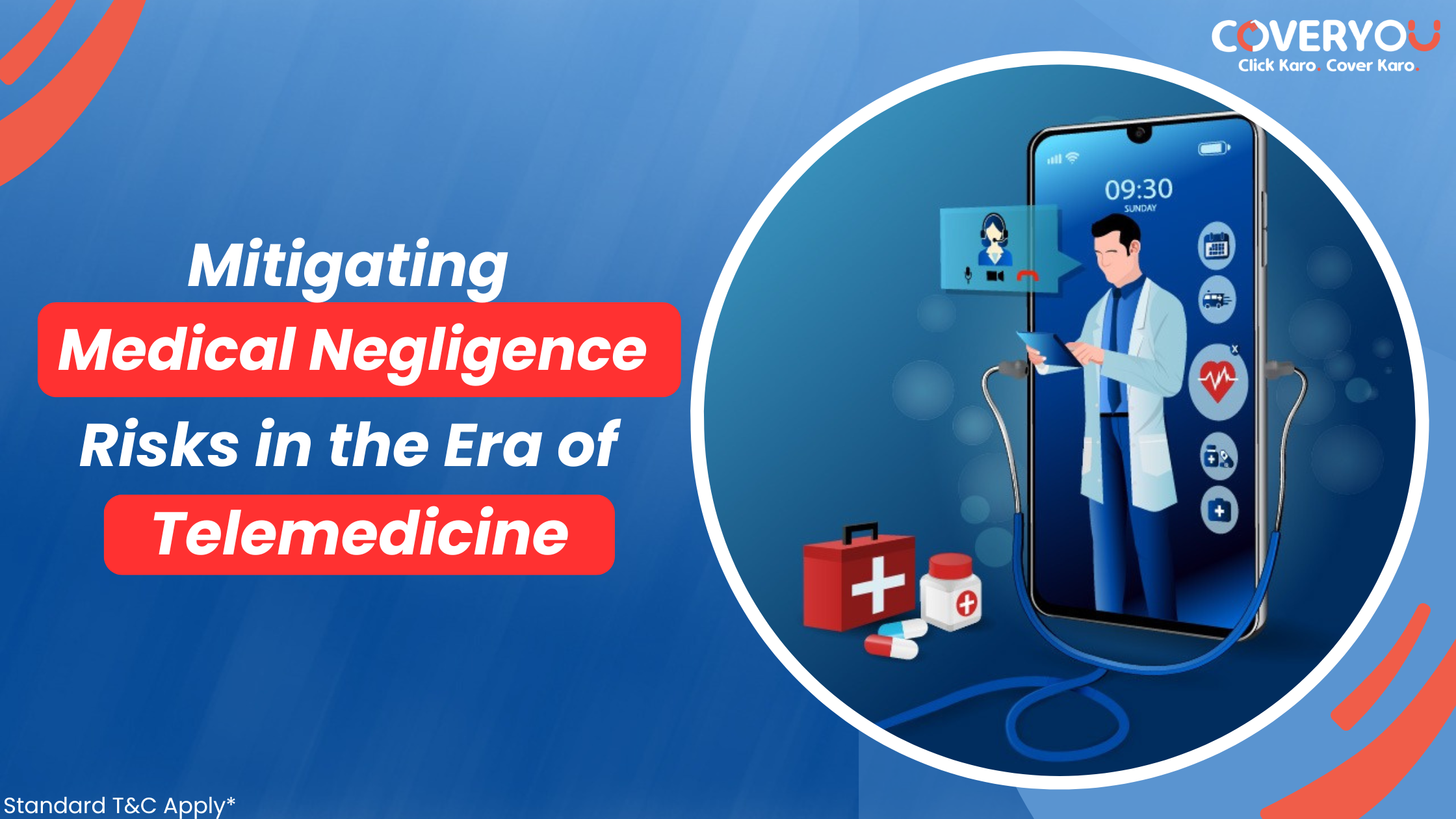In today’s dynamic digital landscape, technology continues to revolutionize various sectors, with healthcare being no exception. Amidst the array of advancements, telemedicine emerges as a pivotal innovation that has redefined the delivery of medical services. Offering remote consultations, telemedicine has become a vital lifeline for patients in remote regions, those with limited access to traditional healthcare facilities, and individuals who prefer to avoid in-person visits.
The COVID-19 pandemic has further accelerated the integration of telemedicine into everyday healthcare, transforming virtual medical care from an exception to a standard practice. While the benefits of telemedicine are undeniable, this revolutionary approach also introduces new challenges, particularly in the realm of medical negligence.
Benefits and Risks of Telemedicine
Telemedicine has revolutionized the way we access healthcare services, making it more convenient and affordable for all. By connecting patients with doctors digitally, individuals can seek medical advice from the comfort of their own homes. This innovative approach has proven to be invaluable during times of isolation and when traditional in-person appointments were impractical. However, despite the numerous benefits of remote healthcare, it’s crucial to acknowledge the potential risks involved, with medical negligence standing at the forefront.
The Risks of Telemedicine for Patients and Providers
While telemedicine offers unmatched convenience, it also introduces several risks for both patients and healthcare providers. Some of the most prominent risks include:
- Misdiagnosis: In traditional consultations, physical assessments play a crucial role in accurate diagnosis. Virtual consultations, on the other hand, lack this aspect, increasing the risk of misdiagnosis. A study from Medical Economics found that 25% of telemedicine-related malpractice claims involved cancer misdiagnosis, while 20% were related to stroke misdiagnosis.
- Technical Glitches: Telemedicine relies heavily on technology, and technical issues such as poor connectivity or faulty video/audio quality can lead to communication problems. These glitches may result in improper diagnosisor treatment, potentially increasing the risk of negligence claims.
- Cyber security Threats: The healthcare sector has become a prime target for cyber-attacks. According to Medical Economics, cybercrimes surged by 69%, resulting in $4.2 billion in damages in 2020. The healthcare sector saw an alarming rise in ransom ware attacks, where hackers seized medical records, with healthcare providers paying up to $2.1 million in ransom. Such breaches not only compromise patient data but also expose healthcare providers to legal risks.
The Front-runners of Telemedicine
India has seen a remarkable rise in the availability of telemedicine platforms, providing essential healthcare access to millions of individuals. Among the leading telemedicine apps making a significant impact in India are:
- Tata 1mg: This prominent online healthcare platform offers a multitude of services, including online pharmacy, lab tests, and doctor consultations covering various specialties such as general medicine, gynecology, and dermatology. Tata 1mg has established partnerships with over 120 accredited labs, including notable names such as Dr. Lal Path Labs and SRL Diagnostics, thus providing a wide array of medical tests and services.
- Practo: Founded in 2007, Practo has firmly established itself as a well-known healthcare app, providing online consultations, appointment bookings, and an extensive medical database. The platform connects users with doctors from over 9,000 hospitals and clinics spread across more than 100 Indian cities.
- Netmeds: Recognized for its extensive range of prescription and over-the-counter medications, Netmeds offers users the convenience of purchasing medicines, medical devices, and personal care items through its platform.
- PharmEasy: Positioned as a comprehensive healthcare “super app,” PharmEasy extends a variety of services such as teleconsultation, medicine delivery, and home sample collections for lab tests, thus providing all-encompassing healthcare solutions.
The Importance of Professional Indemnity Insurance in Telemedicine
With the advent of telemedicine, the specter of medical negligence looms large, casting its shadow even over seasoned medical practitioners. Whether it’s a misdiagnosis, a technological glitch, or a breach in patient confidentiality, any of these mishaps can pave the way for legal battles that imperil the very fabric of a healthcare professional’s career and standing. This is where professional indemnity insurance plays a critical role.
Professional indemnity insurance provides coverage for legal defense and compensation costs in the event of negligence claims. It not only safeguards a doctor’s financial future but also ensures peace of mind in an ever evolving and high-risk healthcare environment. By covering legal fees, settlements, and compensation payments, professional indemnity insurance is an essential tool for doctors who are practicing telemedicine.
CoverYou’s Professional Indemnity Insurance
At CoverYou’s, India’s leading insurance broker for doctors, we offer comprehensive professional indemnity insurance policies that cater to the unique challenges of telemedicine & medical negligence. Our policy, backed by over 75 medical associations and consulted over 5,00,000 doctors, includes exclusive benefits such as out-of-court settlements up to the sum assured, multi-year policy options, and access to over 10,000 medico-legal lawyers and 500+ senior doctors.
Our streamlined claims process is designed to minimize frustration for healthcare providers, providing timely legal assistance when needed. We are dedicated to delivering superior customer support, with round-the-clock availability and committed relationship managers who guide doctors through their indemnity insurance journey.
In today’s intricate and high-pressure healthcare landscape, professional indemnity insurance serves as a crucial safety net for medical professionals, offering protection against unforeseen errors and securing their careers.
References
https://www.ncbi.nlm.nih.gov/pmc/articles/PMC9581762/
Doctors and the dual-edged sword of virtual health (medicaleconomics.com)
















